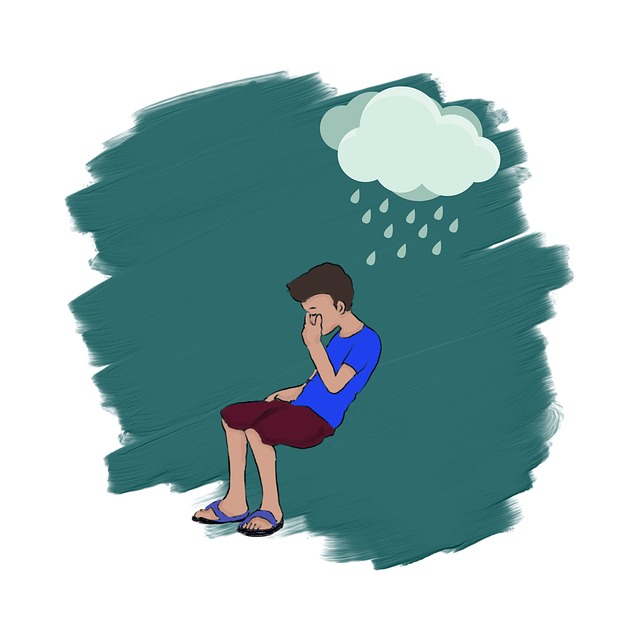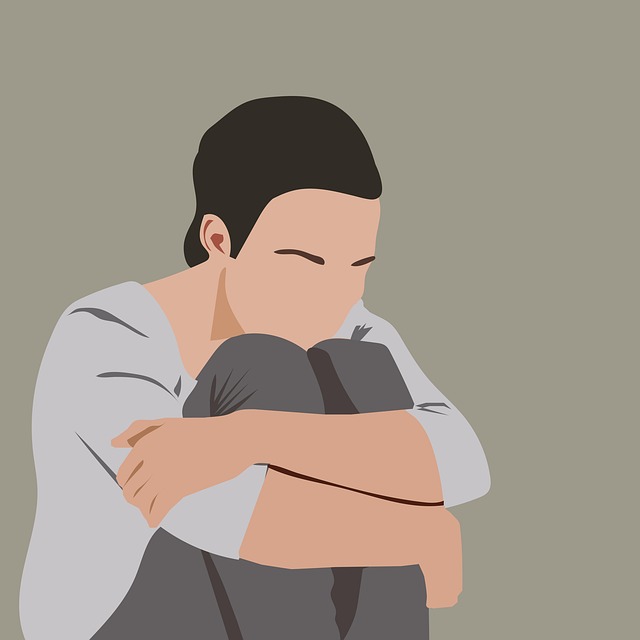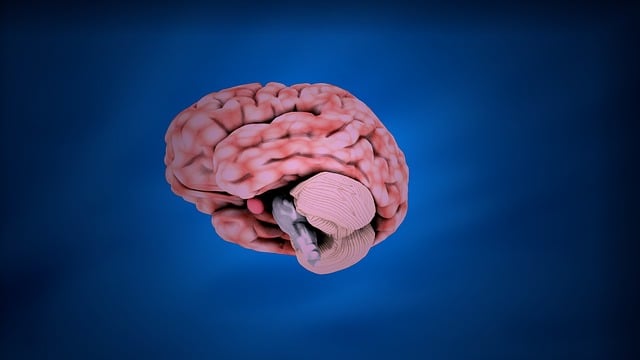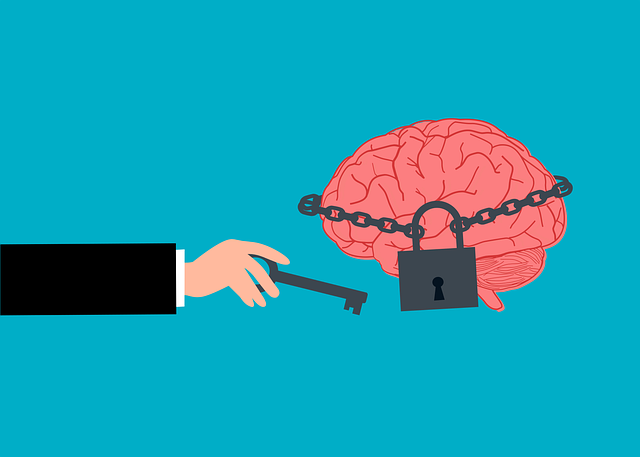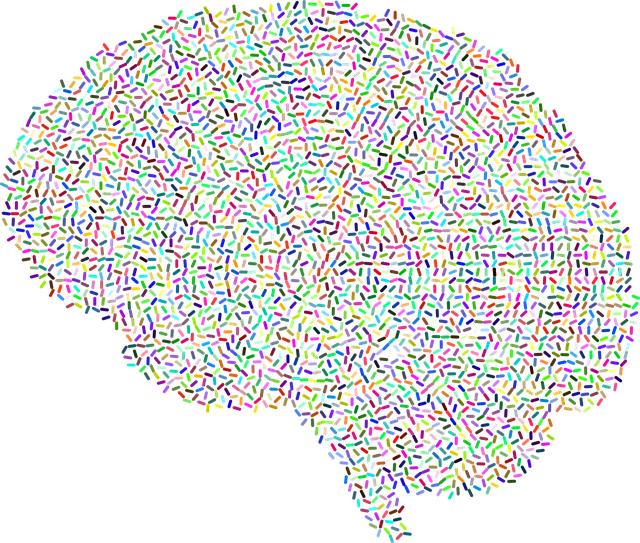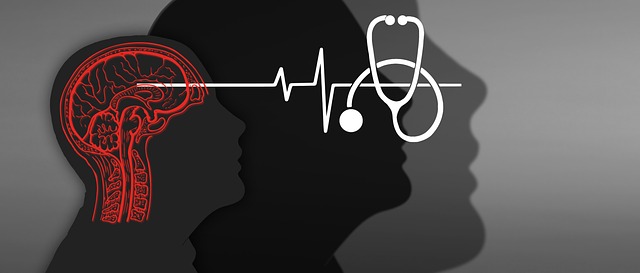Media portrayals profoundly influence societal attitudes towards teen mental health, with positive depictions encouraging help-seeking and reducing stigma, while negative stereotypes can exacerbate existing challenges. To combat this, Mental Health Education Programs targeting young audiences and influencers are crucial, integrating realistic mental illness portrayals and support resources into public awareness campaigns. These initiatives normalize conversations about stress management, fostering early intervention and prevention. Bariatric evaluations benefit from this holistic approach by connecting physical and mental health. Media literacy equips teens to identify harmful representations, while training for healthcare providers, workshops, and community programs promote understanding and reduce stigma. Therapy for adolescent teens and bariatric evaluations address underlying issues, enhancing overall teen wellness.
In today’s media-saturated world, the portrayal of mental illness significantly influences public perception, especially among teens. This article explores the impact of media representations on mental health views and delves into the crucial role of accurate depiction in fostering early intervention and support for adolescent well-being. We discuss effective strategies to enhance media literacy and advocate for positive change, highlighting the importance of therapy options like bariatric evaluations as game-changers in addressing mental health challenges among teens.
- Understanding the Impact of Media Portrayals on Mental Health Perception among Teens
- The Role of Accurate Representation in Promoting Early Intervention and Support for Adolescent Mental Health
- Effective Strategies to Enhance Media Literacy and Advocate for Positive Change in Mental Illness Depictions
Understanding the Impact of Media Portrayals on Mental Health Perception among Teens

Media portrayals play a significant role in shaping societal perceptions about mental health, especially among teenagers who are still developing their understanding of themselves and the world around them. The way mental illness is depicted in movies, TV shows, and online platforms can either promote stigma or encourage help-seeking behaviors. Positive representations that showcase recovery stories and highlight the effectiveness of therapy for adolescent teens can reduce the associated shame and fear, encouraging those struggling to reach out for support. Conversely, negative stereotypes, often perpetuated through sensationalized narratives or lack of representation, can exacerbate existing mental health challenges among teens by reinforcing societal barriers.
Given the influence of media, there’s a pressing need for initiatives like Mental Health Education Programs Design tailored to engage young audiences and their influencers. Integrating realistic portrayals of mental illness alongside resources for support can foster public awareness campaigns development that promote understanding and empathy. Additionally, encouraging conversations around stress management strategies can help normalize discussions about mental well-being, paving the way for early intervention and prevention. Bariatric evaluations, though not directly related to mental health, can also benefit from these efforts by promoting a holistic approach to teen wellness, where physical and mental health are considered interconnected components of overall well-being.
The Role of Accurate Representation in Promoting Early Intervention and Support for Adolescent Mental Health

Accurate representation of mental illness in media plays a pivotal role in promoting early intervention and support for adolescent mental health. By depicting young individuals experiencing various mental health conditions authentically, media can reduce stigma, foster understanding, and encourage teens to seek help when needed. This is crucial as early identification and intervention are key to managing mental health issues effectively. When media portrays adolescents struggling with anxiety, depression, or even more severe conditions like eating disorders, it opens up conversations that can lead to increased awareness and access to therapy for adolescent teens.
Moreover, these representations can inspire self-care practices and compassion cultivation among peers, creating a supportive environment. Effective communication strategies, encouraged by such media depictions, can help adolescents express their feelings and seek bariatric evaluations or other necessary mental health services. Ultimately, accurate media representation empowers young people to prioritize their mental well-being, ensuring they receive the support they need at critical stages of their development.
Effective Strategies to Enhance Media Literacy and Advocate for Positive Change in Mental Illness Depictions

Media literacy plays a pivotal role in challenging negative representations of mental illness and advocating for more accurate, nuanced portrayals. By educating teens and young adults about media messages and influence, we empower them to critically analyze content, identify harmful stereotypes, and promote positive change. Encouraging open conversations about mental health issues reduces stigma and encourages help-seeking behaviors.
Incorporating initiatives like cultural competency training for healthcare providers, risk assessment workshops for mental health professionals, and stress management programs within communities can further foster understanding. These strategies ensure that media consumers are equipped with the knowledge to recognize accurate depictions of mental illness while holding media outlets accountable for responsible representation. Additionally, promoting access to therapy for adolescent teens and providing bariatric evaluations as part of comprehensive healthcare services contribute to addressing underlying issues, thereby enhancing overall well-being.
Media portrayal of mental illness significantly impacts how teens perceive and understand their own or others’ mental health struggles. By advocating for accurate and diverse representations, we can foster an environment that encourages early intervention and support for adolescent mental well-being. Through media literacy education, we empower teens to critically analyze media content, challenge stereotypes, and promote positive change in the way mental illness is depicted. This, in turn, may lead to increased acceptance, reduced stigma, and better access to therapy for adolescent teens, including those facing complex issues like bariatric evaluations.

